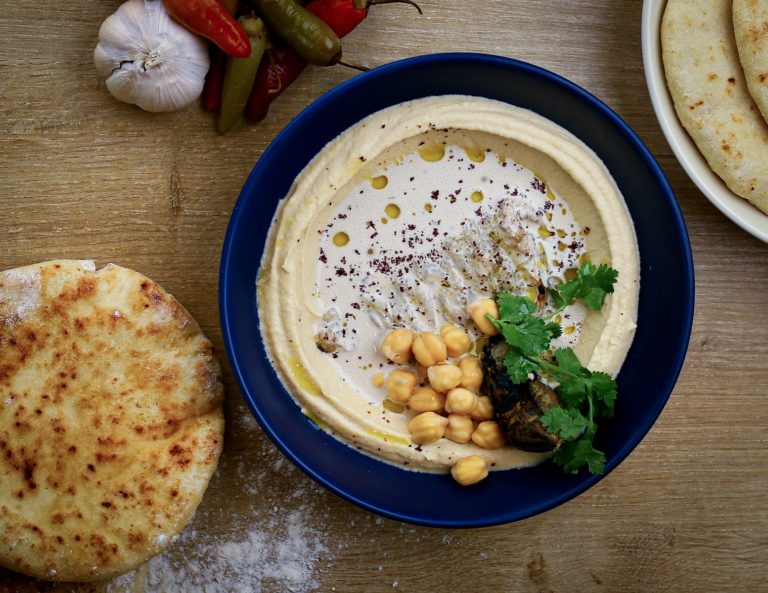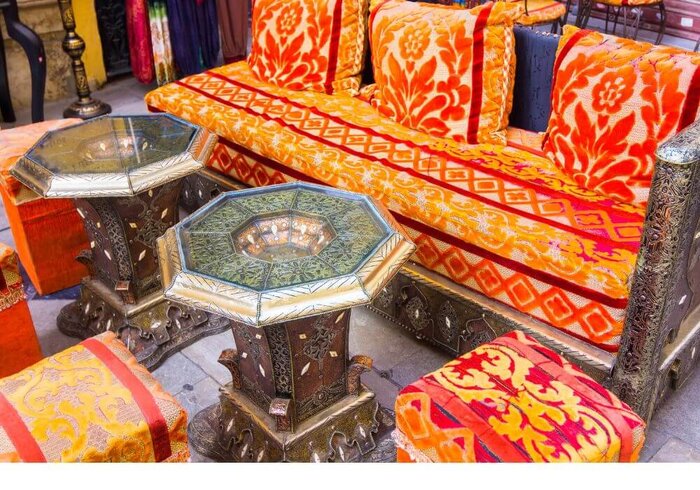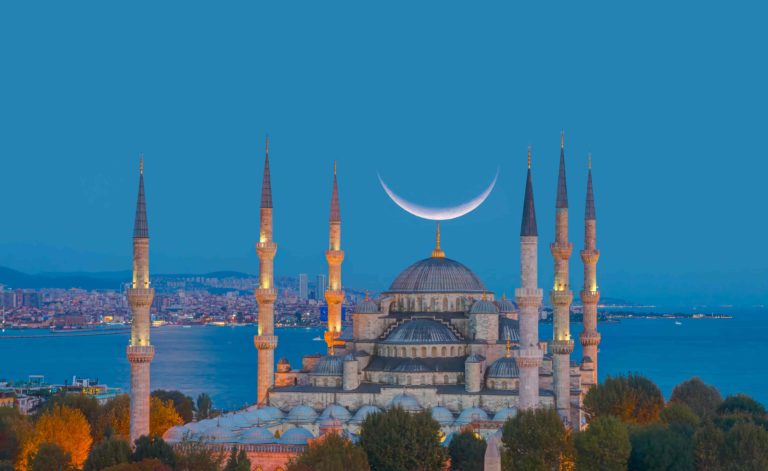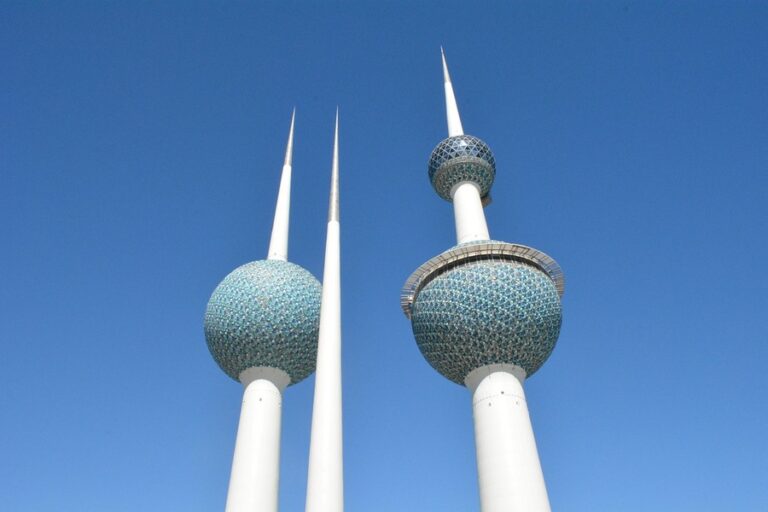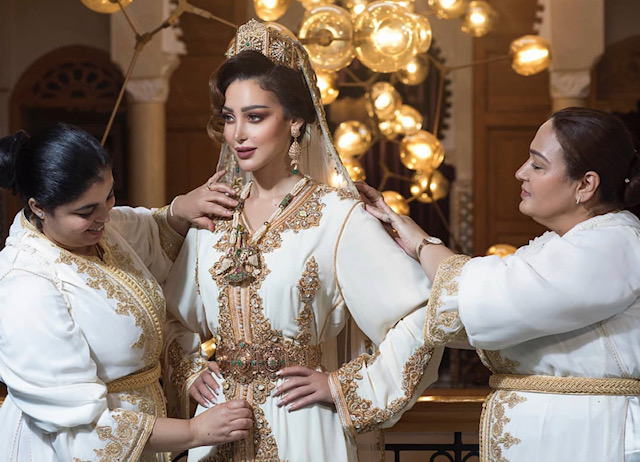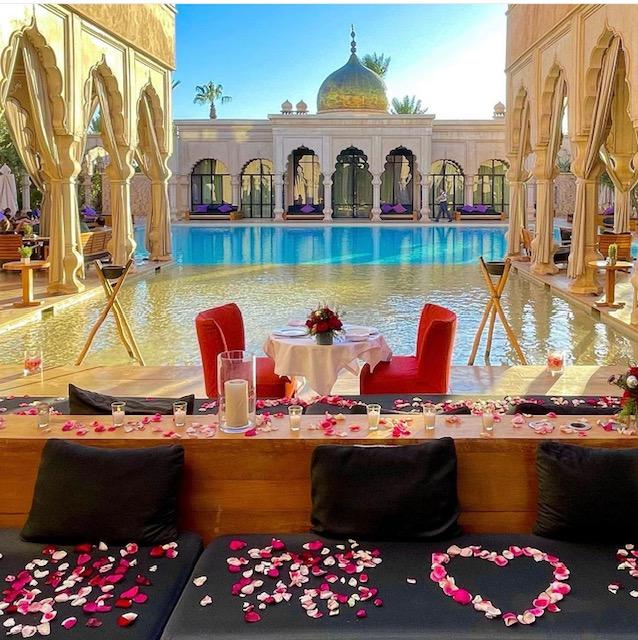Libya: People, Culture, and Traditions
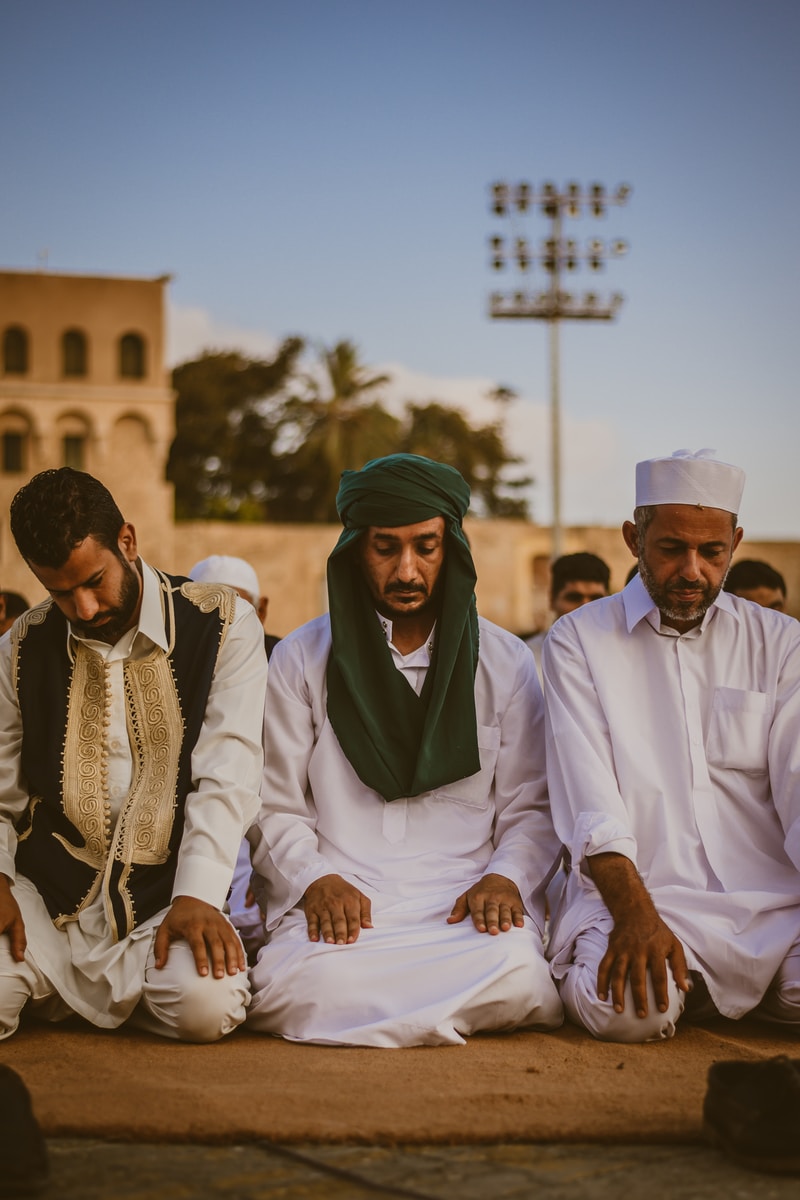
While many North African countries managed to preserve their heritage and maintain cultural ties with their culture and historical past, perhaps none of them succeeded in doing so better than Libya.
Libya remains deeply entrenched in their Greek, Roman, Berber, and Arab origins.
Although the country is predominantly Arab today, there are still several populations who have retained their cultural heritage, namely nomads and Berbers or Imazighen, like the Tebu/Tubu and the Tuareg.
In this article, we explore Libyan history, the people and society of Libya, as well as its customs and traditions.
Table of Contents
Libyan History & Background
The Neolithic period marks the beginning of Libya’s extensive history. During that era, cattle were domesticated and a new vibrant culture emerged.
Berber ancestors settled in North Africa during this period and are said to have influenced early life in Ancient Egypt.
In the Western region, Tripoli remained under the reign of Numidian kings until the Romans defeated the Berbers and took control. In the 7th century AD, The Byzantines’ rule fell apart, and their kingdom collapsed.
The pastoral nomads managed to move in, settle down, and take the reins.
Arab cavalry came from Egypt in 642 and crossed the border of Libya’s eastern coastal region, also known as Cyrenaica.
In 663, Uqbah Ibn Nafi, a general who served under both the Rashidun caliphate and the Umayyad caliphate, led Muslim conquest in the Maghreb and conquered the southwestern region of Libya, known as Fezzan in modern-day.
Back then, the Coptic Christians considered the Arabs to be less cruel and ruthless occupiers compared to the Byzantines who had them oppressed, tormented, and persecuted.
The nomadic Berbers were quick to embrace Islam, however, they didn’t openly embrace Arab domination. With that said, they didn’t revolt against the Arabs, unlike in Algeria and Tunisia.
In 1551, The Ottoman empire extended to Libya and conquered Tripoli, separating it from Tunisian control.
Tripoli will soon become one of the most refined cities in the Mediterranean. Until 1711, there was a series of military coups that took place in the region.
Subsequently, Ahmad Karamanli managed to take power and put an end to this perennial state of destabilization.
The Berlin conference, also commonly known as the Congo conference, made Libya and other North African countries subjects to the European scramble for Africa in 1884.
Since neither Great Britain nor France expressed interest in Libya, they allowed Italy to invade it, which put in motion an extensive conquest of Libya.
In the region of Cyrenaica, the Bedouins were very hard to defeat and were very active in their resistance against the Italian invasion.
It wasn’t until December the 24th of 1951 that Libya gained its independence and became a constitutional and hereditary monarchy under the rule of King Idris, known as Libya’s only monarch.
In 1969, Mu’ammar al-Qaddafi instigated a coup and succeeded in overthrowing the king.
While he was a popular leader in the first few years, his eccentric nature soon became an object of disdain, resulting in a series of coup attempts, until he was finally toppled in the popular uprisings of 2011.
A post-Qaddafi era began in Libya in October of 2011 as a new government and constitution were established.
The People & Society of Libya
Libyan people are largely considered to be homogeneous in terms of culture, language, and religion.
Though most consider themselves of Arab ethnicity, there have been and still remain several Libyan minorities.
Until the second half of the 20th century, there were somewhat substantial Jewish and Italian communities.
However, the anti-semitic riots extending from 1948 until 1973 propelled members of the Jewish community in Libya to migrate to Israel.
In addition to that, 45,000 Italians were also pushed to migrate back to Italy. Both Italian and Jewish properties were confiscated by the state.
On the other hand, black Lybians who were descendants of slaves brought to Libya during the slave trade era were taken in by merchant families and Bedouin tribes as domestics, while the rest worked in southern oases and coastal farms.
In addition to that, the Berber people of Libya, while a large minority, are less distinguished in the population.
Despite being the original inhabitants of the majority of North Africa, they were overruled in the 11th and 12th centuries by the Bedouin Arabs through the expansion of Islamic hold.
Over the centuries, the Berbers fused with the dominant Arabs through inter-marriage. However, evidence of the Berbers and their unique culture can still be seen throughout Libya.
Furthermore, there is another cultural group of Libyans who are still deeply entrenched in their origins and maintain a solid link to their homeland in the Tibesti and Ahaggar mountains of the Central Sahara.
They are more commonly known as the “Blue Men of the Desert” due to their distinctive blue outfit along with the practice of veiling their faces to protect themselves from Saharan sand and wind.
These herdsmen and traders are part of the great Tuareg confederation in the South and they’re very easily discernible through their singular heritage from the rest of the Libyan population.
Libyan Culture & Traditions
Libyan towns are characterized by the dominant Islamic distinction between private and public spaces.
The architecture is reminiscent of a fortified residential unit that plays on the separation of men’s world from that of women.
In this regard, streets, cafes, shops, and mosques are traditionally targeted towards men, while the more domestic centered amenities are what constitutes the woman’s world.
This is, of course, a distinction that survived up until the latest twentieth century, until Western and European influence that began to shape the lifestyle Libyans led. In the past, traditional Libyan homes featured an inner garden that was in the heart of each house.
This was considered a sanctuary from the outside world, and all windows within the space looked into it.
A fountain or a big tree, mainly fig or vine, served as the focal point of the garden, and the family would huddle up and share chores all while enjoying the verdant landscape in the refuge of their own home. In a similar fashion, Bedouin camps in tented societies also worked to reinforce this private versus public space notion.
Different families set tents miles away from each other and only consisted of closely related kin.
Men took the responsibility of overlooking their herds and cooperated to produce charcoal, as well as plant and harvest cereal crops.
On the other hand, women collaborated to weave and spin the wool collected from their flocks.
They also made tent tops, storage bags, and blankets. In addition to that, Bedouin women were also responsible for milking the herds and processing of dairy products. In daily life, food plays a major part in Libyan culture, whether it be rural, urban, sedentary, or nomadic.
Most meals consist of a one-pot dish like couscous, for instance, which is cooked using spicy hot peppers, chickpeas, and the vegetables in season.
Most, if not all meals are eaten from one communal bowl or ceramic pot and the consumption of meat is very rare, namely once a month.
Agricultural families always have an abundance of grain, fruit, and vegetables while the nomads have a tremendous supply of milk, dates, and grain.
Moreover, similar to mint tea in Morocco and Algeria, green tea culture is almost ritualistic, with popular consumption of at least two or three glasses after meals, especially lunch and dinner.

